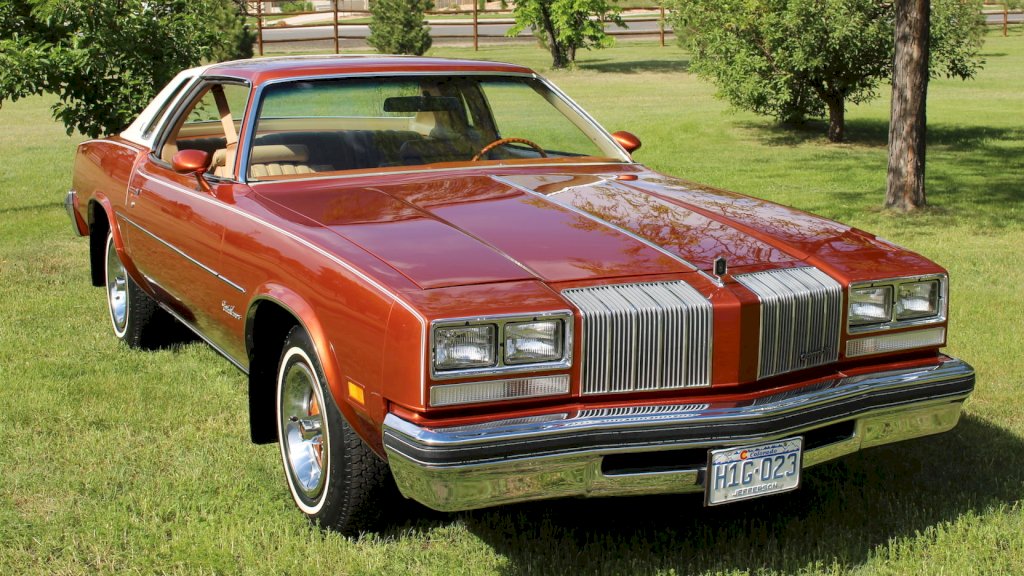The year 1966 marked a pivotal moment in the history of American muscle cars, and at the center of this automotive revolution was the 1966 Shelby GT350. Conceived by Carroll Shelby, a legendary figure in the world of high-performance vehicles, the GT350 represented the epitome of power, speed, and driving excitement. In this article, we delve into the captivating story of the 1966 Shelby GT350, exploring its origins, design, performance, and enduring legacy.
Origins and Collaboration
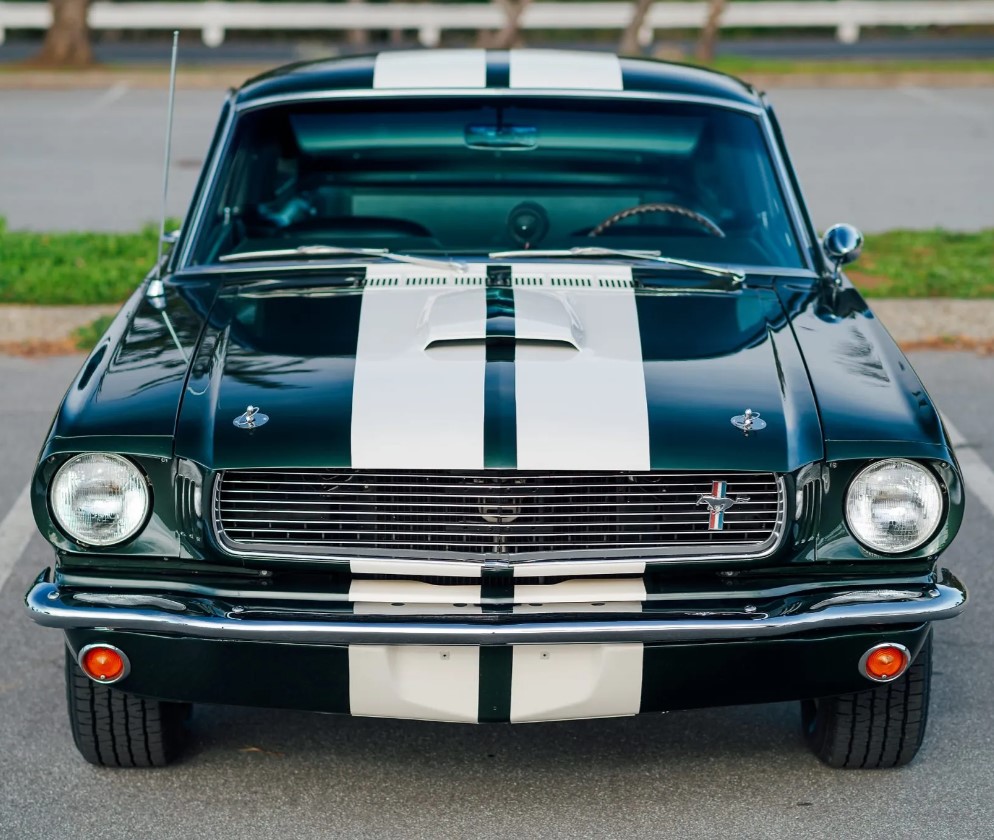
The story of the 1966 Shelby GT350 begins with Carroll Shelby, a former race car driver with a passion for performance and innovation. In the early 1960s, Shelby formed Shelby American, Inc., and embarked on a collaboration with Ford to create a high-performance variant of the Ford Mustang.
Shelby's vision was clear: to transform the Mustang into a true sports car capable of competing on both the track and the street. This partnership resulted in the birth of the first Shelby Mustang, the GT350, which would forever change the landscape of American muscle cars.
Design and Styling
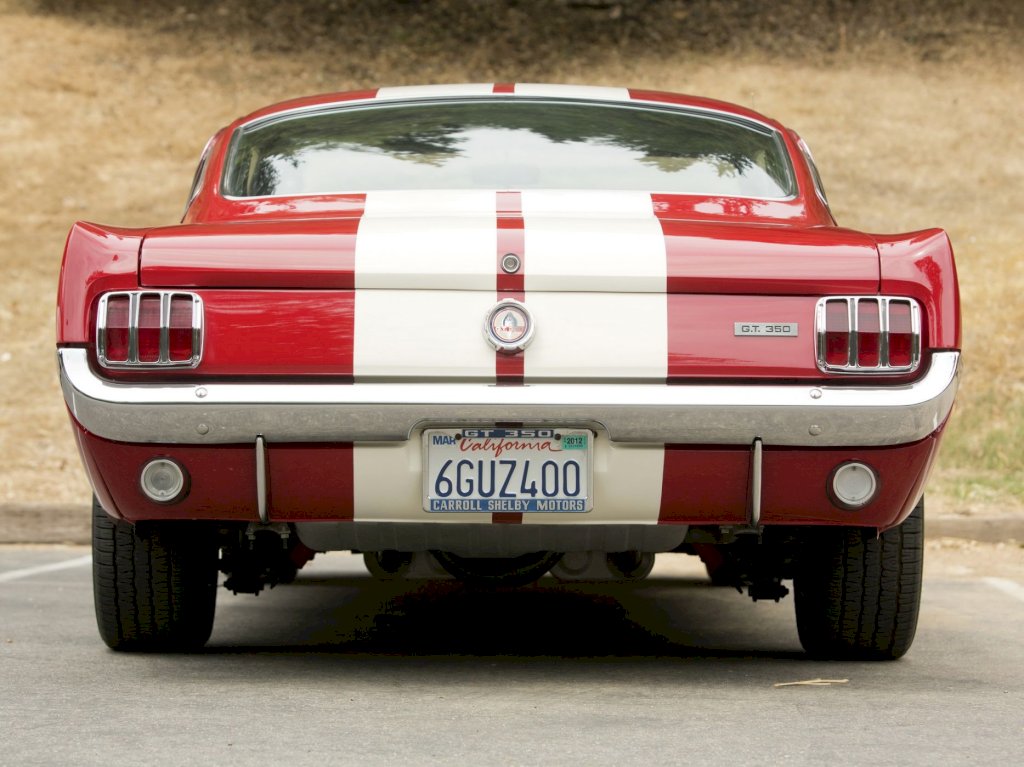
One of the defining features of the 1966 Shelby GT350 was its unique design and styling. Carroll Shelby's vision for the GT350 went beyond enhancing the Mustang's performance; he wanted to create a visually distinctive and aggressive-looking car.
Exterior
The GT350 featured a more aerodynamic front end with a custom fiberglass hood, which housed the powerful V8 engine. Racing stripes running the length of the car, typically in Wimbledon White with blue stripes or vice versa, became an iconic styling element.
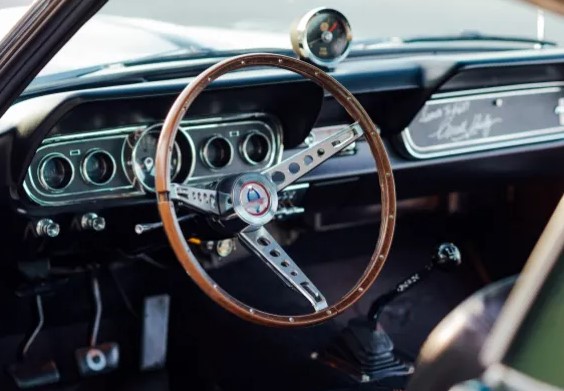
Interior: The interior received its share of upgrades as well. The cabin was simplified for racing purposes, with bucket seats, a roll bar, and a dashboard adorned with racing gauges and instrumentation.
Rear Seat Delete: To reduce weight and emphasize its sporting intentions, the rear seats were deleted, making it a two-seater.
Performance & Engine
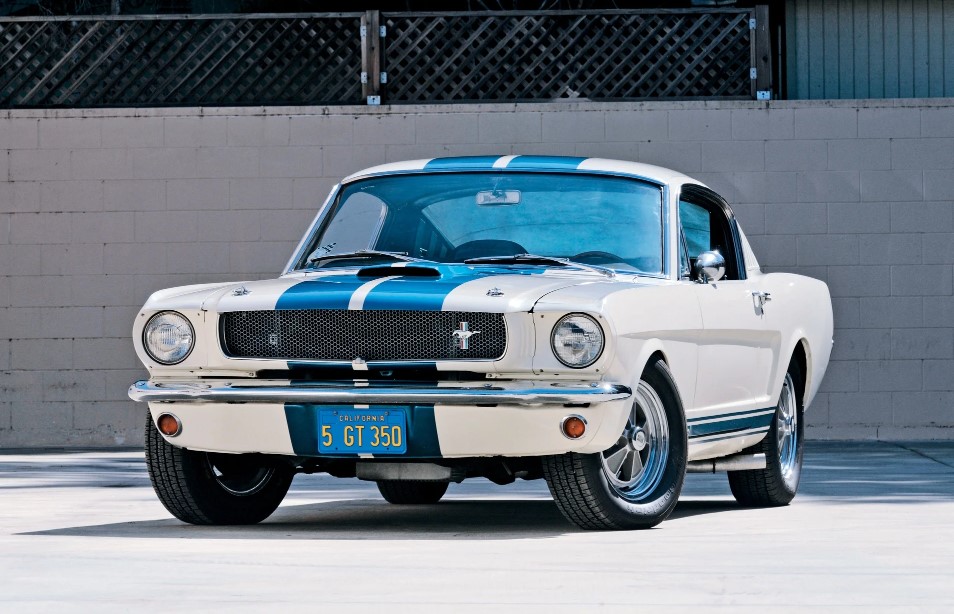
At the heart of the 1966 Shelby GT350's performance was its impressive powertrain and handling characteristics. Shelby aimed to create a car that was not only fast in a straight line but also capable of taking on corners with precision.
The GT350 was powered by a naturally aspirated, high-revving 289-cubic-inch V8 engine, producing 306 horsepower. Shelby's team enhanced the engine's performance, including adding a high-rise aluminum intake manifold, a Holley four-barrel carburetor, and a more aggressive camshaft.
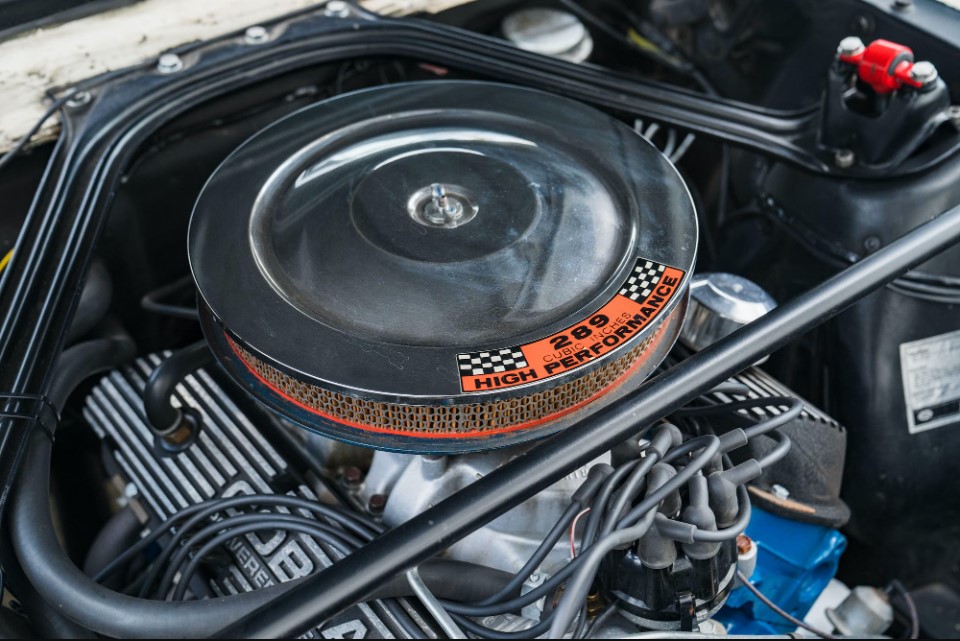
Suspension and Handling: The suspension received significant upgrades, including stiffer springs, heavy-duty shocks, and larger sway bars. These enhancements improved handling and made the GT350 a formidable competitor on both the road and the racetrack.
Transmission: Buyers had the option of a four-speed manual transmission or an automatic transmission, further customizing the driving experience.
Legacy and Motorsport Success
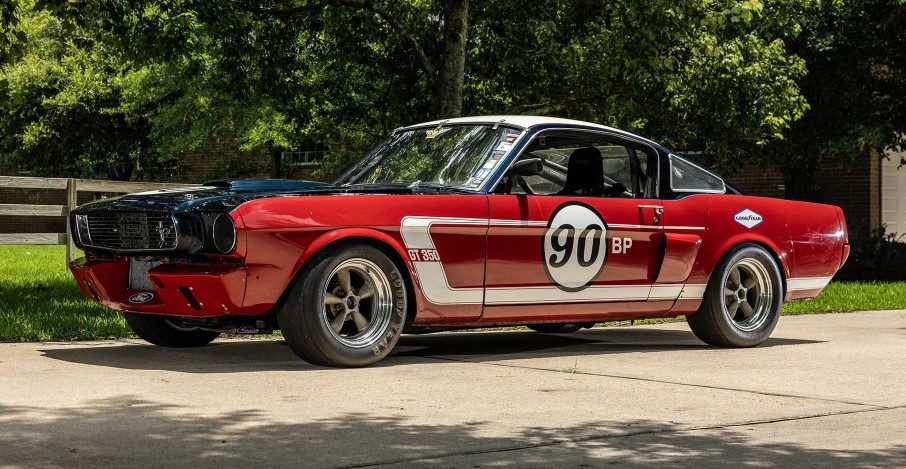
The 1966 Shelby GT350 quickly became an icon not only on the streets but also on the racetracks. Carroll Shelby's vision of creating a high-performance Mustang had succeeded beyond anyone's expectations.
Motorsport Success: The GT350 made a name for itself in motorsport. It dominated the SCCA (Sports Car Club of America) B-Production class, winning numerous championships and races, including the prestigious SCCA Trans-Am championship.
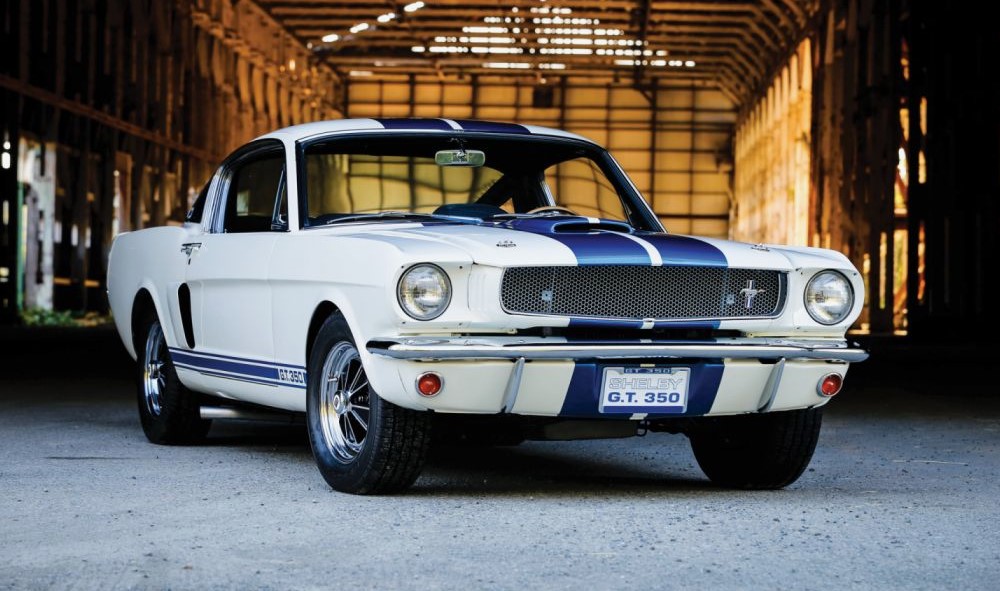
Collectibility: Today, the 1966 Shelby GT350 is highly sought after by collectors and enthusiasts. Well-preserved and restored examples command high prices at auctions, and they remain prized possessions in many car collections.
Continued Production: The 1966 model year marked the continuation of production for the GT350, solidifying its place as a fixture in American automotive culture. Subsequent years saw further refinements and enhancements, including the introduction of the GT350H, a high-performance variant available for rental through Hertz.
Limited Production
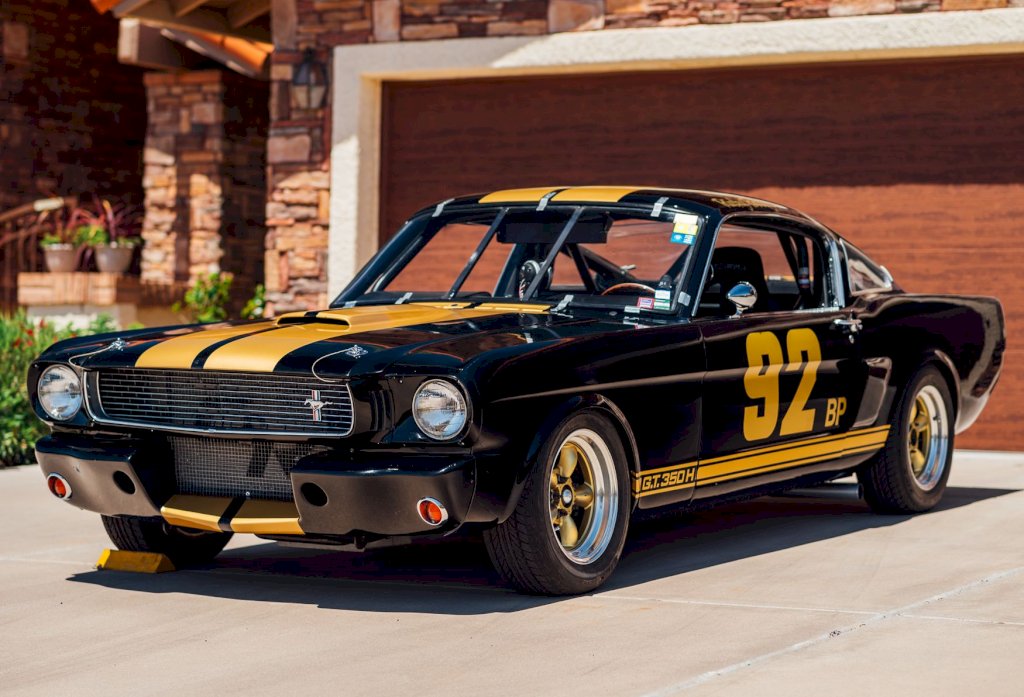
The 1966 Shelby GT350 was produced in limited numbers, with just 1,373 units built. This exclusivity contributed to its desirability and collectible status among enthusiasts and collectors.
Carroll Shelby's desire to cater to a broader audience led to the introduction of several distinctive GT350 variants in 1966.
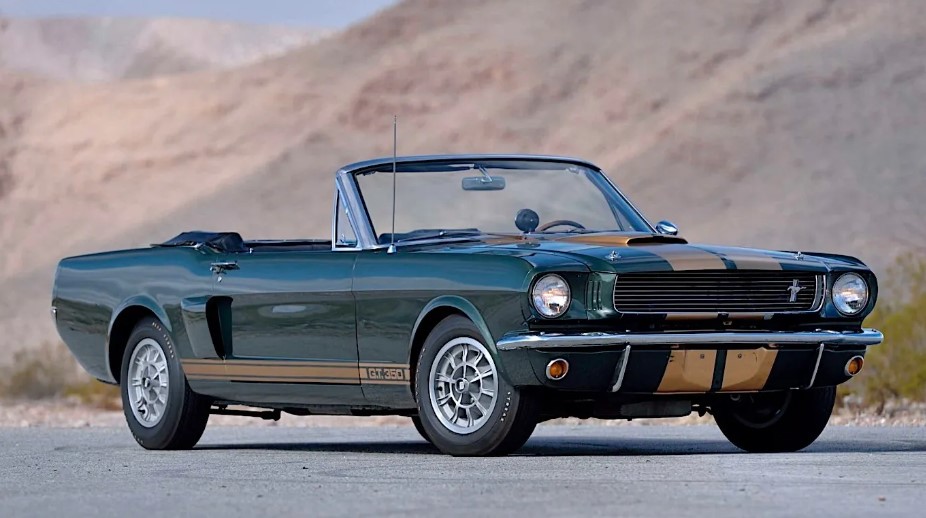
GT350 Convertible: A limited number of convertible GT350s were produced in response to customer demand for an open-top driving experience.
GT350H (Hertz Rental Car): A unique collaboration with Hertz rental car company resulted in the GT350H, also known as the "Rent-A-Racer." These cars were available for rental at select Hertz locations and were immensely popular among car enthusiasts.
Influence on American Muscle Cars
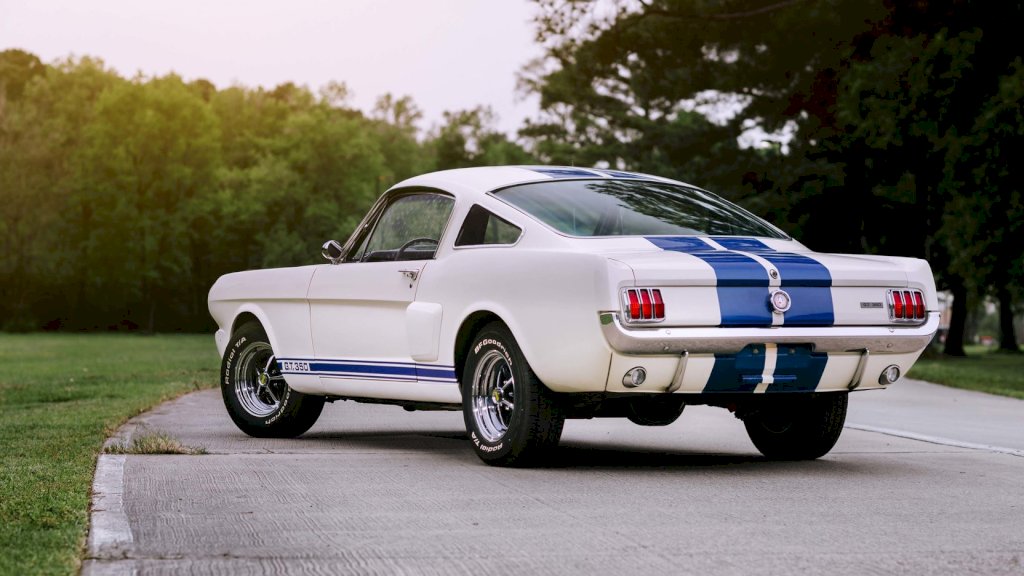
The 1966 Shelby GT350's influence on American muscle cars cannot be overstated. It played a pivotal role in shaping the muscle car landscape of the late 1960s and beyond.
Performance-Enhancing Legacy: Shelby's modifications to the Mustang set a precedent for other automakers. The GT350 inspired a generation of muscle cars, many of which adopted similar design and performance principles.
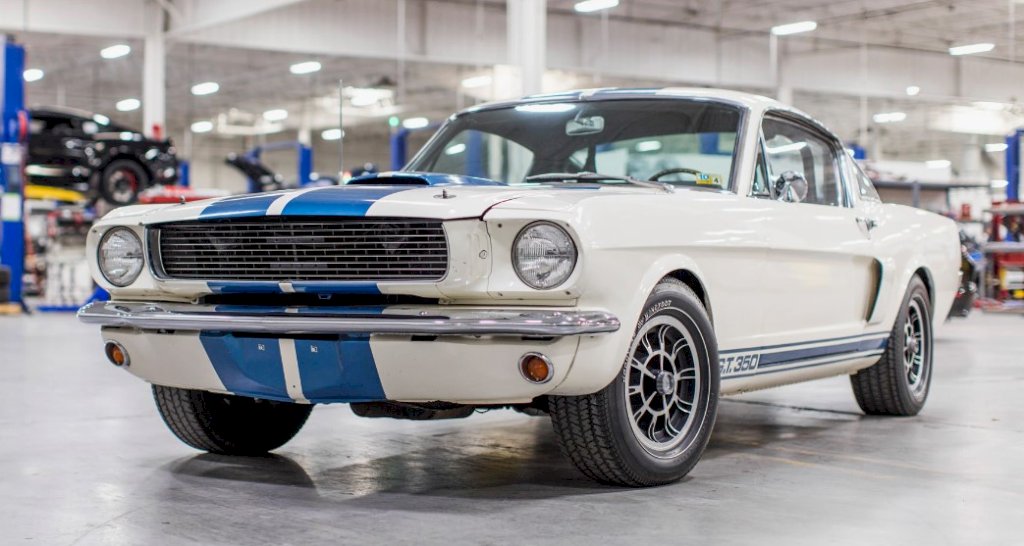
Shelby Brand: The success of the GT350 led to the establishment of the Shelby American company, which continued to produce high-performance vehicles and components. The Shelby name became synonymous with performance and excellence.
Continued Evolution: The GT350 lineage continued to evolve, with subsequent models pushing the boundaries of performance. The spirit of the 1966 GT350 lived on in the form of newer Shelby Mustangs and Cobras.
Conclusion

The 1966 Shelby GT350 stands as a testament to the vision and ingenuity of Carroll Shelby, a man whose passion for speed and performance transformed an American classic, the Ford Mustang, into an icon of the muscle car era. With its distinctive design, exhilarating performance, and remarkable legacy in motorsport, the GT350 left an indelible mark on the automotive world. Its enduring popularity and continued influence on American muscle cars make it a true symbol of power, speed, and the pursuit of automotive excellence. The 1966 Shelby GT350 remains a timeless classic, celebrated by enthusiasts and collectors alike for its role in shaping the golden age of American muscle cars.
